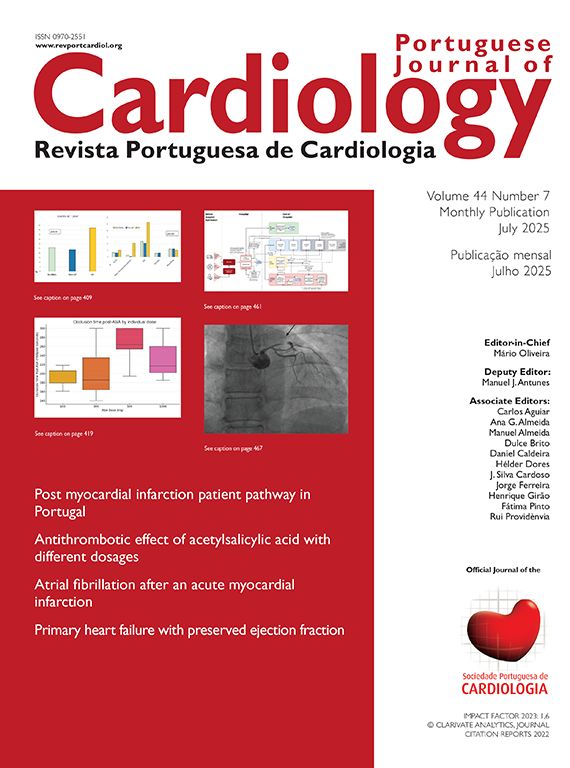Coronary chronic total occlusion (CTO) is defined as 100% stenosis of a coronary vessel (TIMI grade 0) with more than 3 months of duration. This finding is observed in 15–25% of patients who undergo coronary angiography.1 The hallmark of CTO, as opposed to acute coronary occlusion, is the presence of collaterals, which can be found in ∼90% of cases and provide low pressure (30–40 mmHg) perfusion to the occluded territory.1 Regardless of the degree of collateralization, however, the viable myocardium (when present) in dependence of a CTO is usually ischemic, as shown in fraction flow reserve studies.2 Furthermore, even if the involved myocardium function is preserved, there is limited capacity to increase blood flow during exercise, thus representing possible stress-induced ischemia.3 Finally, there is evidence that collateralization does not protect against ischemic insults, nor does it signify the presence of viable myocardium.4
Invasive treatment of CAD acts in three different paths5:
- (a)
Restoration of coronary flow capability in situations where blood is sufficient at rest but insufficient during stress.
- (b)
Reperfusion of territories of severe flow reduction to a degree inadequate to maintain a normoxic metabolic state of myocardial cells, thus, potentially restoring myocardial function.
- (c)
Specific for coronary artery bypass graft (CABG): preventing acute events related to non-flow-limiting lesions by surgical collateralization.
It is generally accepted that both percutaneous coronary intervention (PCI) and CABG are effective in ameliorating angina and improving quality of life, which is closely related to the restoration of coronary flow capacity in stress-induced ischemia.5 The general paradigm by which invasive treatment affects survival, however, is much more debatable. It has been proposed that reperfusion of ischemic myocardium improves left ventricular (LV) function, provides reverse remodeling and protects against arrhythmias, heart failure and cardiovascular related death, thus, enhancing survival. This has never been clearly demonstrated in a randomized controlled trial,6–8 with the exception of CABG in particular settings.9,10 The benefit of survival with CABG is independent of LV ejection fraction improvement or presence of viable myocardium, which means that it is somehow related to a mechanism other than reperfusion, probably, the prevention of acute events by surgical collateralization.5
Regarding the invasive treatment of CTO, the existing evidence is limited. The reasons for the lack of clarity on indications for treatment are the anatomical variability of CTOs and the clinical and cardiac specific variability of patients with CTOs. Indeed, patients with CTOs have a more complex risk profile; higher SYNTAX scores; variability of collateralization, introducing uncertainty regarding its quality/size; as well as variable degrees of myocardial viability, scarring and symptomatic status. Most CTOs occur in the right coronary artery, followed by the left anterior descending (LAD) and the circumflex arteries, but multivessel disease is present in approximately 75% of patients with CTOs.11
In patients with stable coronary artery disease (SCAD), in general, reperfusion of a CTO seems to relate well with angina relief and better quality of life.12,13 However, a difference in hard clinical outcomes has not been clearly established.
Observational data show that revascularization in the setting of SCAD may provide benefit in terms of mortality and cardiac events,13,14 when compared with medical therapy. Interestingly, the Canadian CTO registry,14 which encompasses more than 1500 CTO patients followed for 10 years, shows that adjusted all-cause mortality for CTO revascularized patients is reduced in 33%, driven mainly by the CABG-treated subgroup (∼44% mortality risk reduction when compared with medical therapy). A post hoc analysis of the Randomized Endograft vs. Open Prospective (REGROUP) trial demonstrated that in patients with a dominant right coronary system who received a left internal mammary graft to the LAD, adding a bypass to a CTO right coronary artery significantly improved survival (HR: 0.38). This finding was not valid for the overall study population, with no evidence of complete CTO grafting reducing the rate of MACE in other anatomic subgroups.15
Kirov et al.,16 showed in their meta-analysis including more than 12000 patients a superiority of CABG when compared with PCI in patients with CTO regarding ≥5 years mortality. This survival advantage was associated with fewer cardiac events and repeat revascularization, which is in line with other invasive strategy comparing studies in a non-CTO setting.17
In this issue of the RPC, Silva et al.18 present a very well designed and conducted metanalysis comparing CABG with medical therapy alone for CTO patients, assessing the effect of CTO revascularization in patients with multivessel disease undergoing CABG. They also performed a sub-analysis of CABG patients, comparing complete surgical revascularization, including CTO bypass, to CABG without CTO bypass.18 Although the authors did not include PCI, the topic is controversial and is worthy of investigation as there is a lack of evidence on the survival benefit of CTO revascularization. The population is large including ten observational studies (6458 patients), the effect is large with an OR of 0.30 with tight CI and low heterogeneity for all-cause mortality. The comparison of bypassed to non-bypassed CTO is less strong (5 studies, 1949 patients) and presents higher heterogeneity.
The problem with metanalysis of observation trials, however, is that it can be only as good as the data they analyze. There is huge heterogeneity of clinical scenarios among studies and selection bias cannot be completely avoided by statistical adjustments.
Coronary chronic total occlusion means there is an occluded vessel. It does not inform us about vessel diameter/“graftability”, the amount of involved myocardial mass and if that territory is viable or not. It also does not tell us either about the amount of collateral circulation and if it comes from same or opposite coronary system. An occluded but collateralized proximal LAD is not comparable to an occluded non-dominant posterior descending artery. Therefore, in an observational setting, it is impossible to establish if the difference in treatment of CTO lesions is driven to chance, perceived true benefit, operational expertise or more palpable, yet, relevant details such extent of CAD, vessel size, CTO length, myocardium at risk or myocardial viability. Intuitively, a prerequisite for revascularizing CTOs is that the myocardium in the subtended zone is viable. This is by itself a controversial and debatable subject as the STICH trial did not show viability to be an interaction of treatment effect19; although this issue has not been specifically addressed in patients with CTOs. Additionally, it is not addressed in the studies included in this metanalysis whether the decision to operate was driven by a CTO or non-CTO lesion, the former being linearly associated with disease severity.
What seems clear from the growing body of evidence regarding CTO invasive treatment is that not all CTO lesions are alike. Benefit most likely relates to the revascularization technique – CABG being less prone to future occlusive events than a stented complex lesion like a long CTO; and surgical collateralization superiorly preventing cardiac events related to the non-CTO lesions. The more severe, proximal and diffuse CAD is the more CABG protected against spontaneous myocardial infarction (MI), driving a mortality benefit versus OMT alone or PCI, by supplying flow distal to atheroma plaques whatever the stenosis degree. Prognosis is impacted by complete revascularization20 and in the setting of CTO it is more easily achieved with CABG.21,22
One of the most important sources of information remains the SYNTAX trial and registry in which 26% of the 1095 PCI patients and 36% of 1541 CABG patients had CTOs. In the randomized component of the SYNTAX trial, there were 543 patients with CTOs, 277 treated with PCI and 266 with CABG. More CTOs were successfully revascularized by CABG (68%) than with PCI (49%) and importantly there was a significant reduction of MACCE with complete revascularization.20 SYNTAXES (SYNTAX-Extended Survival), an investigator-driven, retrospective follow-up study, designed to compare long-term survival data (10-year follow-up) of patients previously enrolled in the SYNTAX trial, failed to demonstrate a survival benefit of CTO revascularization, regardless of the technique used (PCI or CABG).22 However, this must be interpreted in the context that in the overall SYNTAX population at 5 years, despite higher rates of MACCE, driven by the higher risk of MI and repeat revascularisation, there was no significant difference between PCI and CABG for all-cause death except in patients with three vessel disease.17
In summary, the issue is not CABG or medical therapy for CTO, as optimal medical therapy is an essential, irreplaceable, lifelong complement to CABG. In addition, the decision driver for CABG is not CTO per se, but the coexistence of severe CAD, including multi vessel or left main disease, for which, despite the lack of modern medical therapy randomized comparison, CABG remains a class IA recommendation in the most recent European Guidelines.23
Conflicts of interestThe authors have no conflicts of interest to declare.





